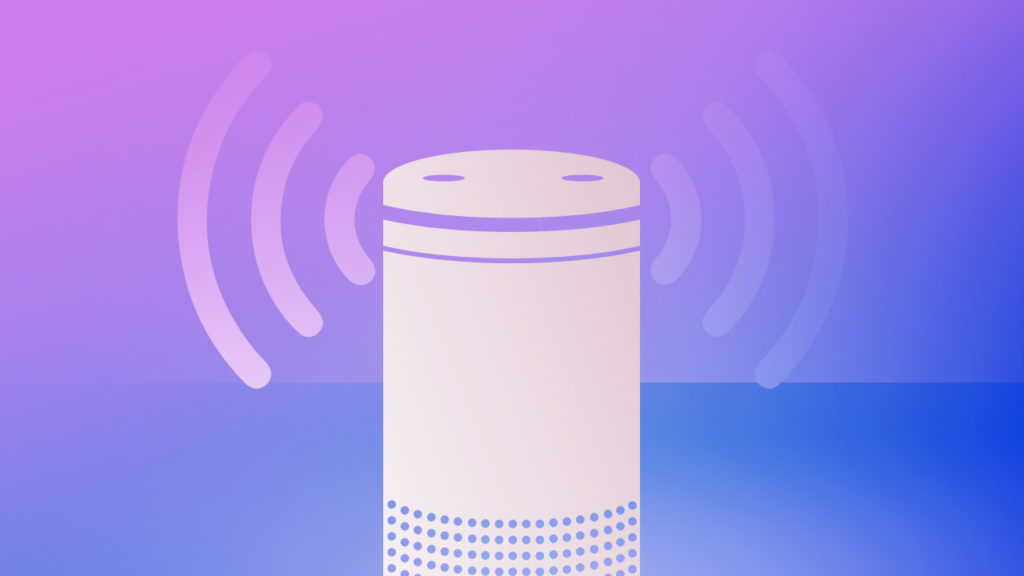As voice recognition and speech software becomes more impressive, marketers are starting to wonder if they should enter the field themselves, and if so, how. Fortunately, the Interactive Advertising Bureau has just released a substantive guide on the subject, giving the curious and unsure a look at what voice means for them now, and what it will mean in the future.
“This evolution of technology is unique because it’s not only introducing new devices and software, but it is also bringing on the mass adoption of a new interface for interacting with devices,” the IAB voice report, titled “Implications of Voice for Marketing Purposes,” reads. “For many consumers, this is the first time they are using their own voice to command a device and the first time they are hearing devices respond in a very human sounding way.”
Many of these first-time consumers are getting hooked on phonemes. According to the IAB voice report, 18 percent of Americans currently use voice assistants, either through smart speakers or their smartphones, and of those users, 65 percent are unwilling to go without them again.
Not only does the IAB predict the number of voice platform users to grow rapidly in the near future, but so too will the amount of time (and money) spent using the technology. The IAB voice report predicts that 70 million US households will own smart speakers by 2022, and there will be over 870 billion voice assistant-enabled devices in the US by the same year. Additionally, the IAB predicts the share of consumer spending transacted through voice assistants to quintuple in the next three years.
“In the future, consumers will get more comfortable with these devices and their actions become more meaningful and have real revenue implications, like making purchases, providing reviews and re-ordering items seamlessly,” the report reads.
But this time and money spent with voice platforms won’t come from nowhere. Thirty-nine percent of smart speaker users are spending less time with traditional radio, 34 percent are looking at their smartphones less frequently, and 30 percent are watching television less often. According to the IAB’s forecasts, the money spent through voice platforms will come primarily at the expense of physical retailers, whose share of customer spending will drop from 59 percent to 45 percent as a result of voice platforms’ meteoric growth.
“One of the reasons people shop in stores is because you can interact, ask question and get advice. Consumers will shift their behavior to shop at home if they can have a similar or better interactive experience.” Mark Paul Taylor, chief experience officer of Capgemini.
Even as the IAB stresses the importance for brands to develop their voice strategies quickly, it warns that the limited number of platforms necessitates a different approach than convention may suggest.
“Brands are at risk of being marginalized in a voice driven world, so brand marketing may matter even more. Asking Alexa to order you batteries will result in Amazon simply fulfilling your request with their brand of batteries, but the brands who continue to invest in differentiation and brand identity will inspire consumers to ask for them directly,” said Bryan Moffett, chief operating officer of National Public Media.
Overall, marketers should use caution when designing their own approaches to voice-based marketing. Because the technology is so nascent, number of users of an Alexa skill or Google Home feature may not fully reflect how well an activation is fuctioning.
“Usage is an important KPI for us—where do people finish in the journey? Do they learn a certain number of whisky facts? It’s important to establish these KPIs at the beginning, combined with a very clear consumer purpose, to make sure you’re building the right engagement points for the right outcome,” said Jefferson Kohler, brand manager for Diageo.
No matter how voice platforms will change the field, the IAB voice report holds one marketing truism to persist, that in order to be effective, an activation needs to be integrated.
“Similar to the early days with the app ecosystem, ‘gimmicky’ apps that appear to serve little purpose will clutter the environment,” stated Donnie Williams, chief digital officer for Horizon Media.

